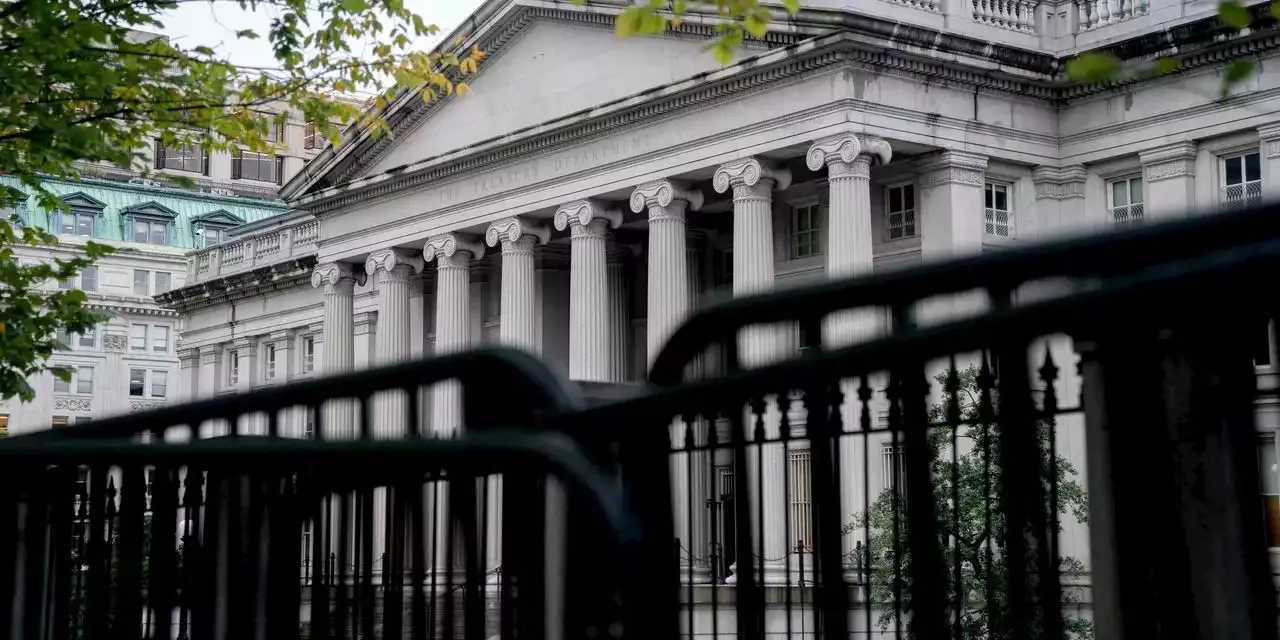Efforts to reduce risks within the nearly $24 trillion U.S. Treasury market, the world’s deepest and most liquid securities market, are ironically creating angst among market players. The anxiety is centered on the concept of central clearing, a method used to reduce and manage risks in financial markets. In September, the Securities and Exchange Commission proposed rules that would mandate the central clearing of a large swath of Treasury transactions.
The biggest concern about central clearing is the cost of participating in it, according to a panel discussion at the 2022 U.S. Treasury Market Conference held at the New York Fed on Wednesday. Though panel participants generally agreed that the efforts would help to improve the Treasury market’s resiliency, they said that some players might not be able to absorb the additional costs and that it’s not clear how well the central-clearing system would work during periods of turmoil.
Concerns about liquidity in the Treasury market have been brewing for months, particularly as the Federal Reserve’s quantitative tightening process kicked into high gear. In October, BofA Securities warned that the “fragile” market was at risk of “large scale forced selling” or a surprise that might lead to a breakdown. And earlier this month, the Fed confirmed fears about low liquidity in what has historically been one of the financial system’s most stable corners.
If the cost of transacting Treasurys becomes prohibitive for smaller dealers, then the question becomes “are you indirectly reducing liquidity” for the market, said panel participant Lynn Paschen, a senior portfolio manager at Schwab Asset Management. “That would be my main concern.” In addition, some funds are required to invest in Treasurys and additional costs may need to be passed on to shareholders, she said.
No, allergic to paywall....
